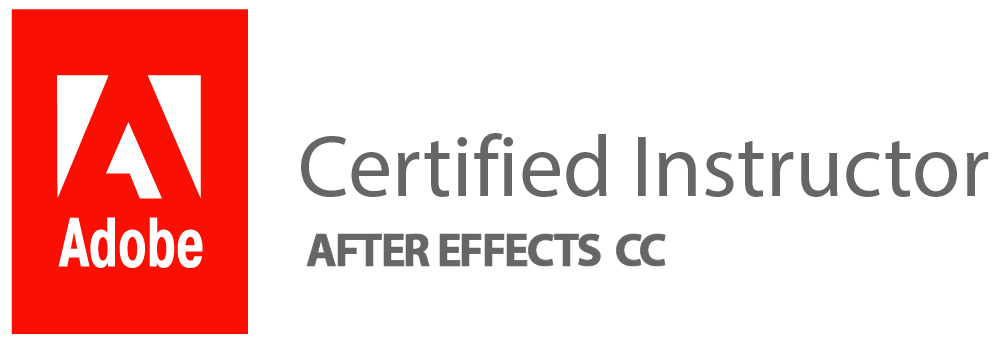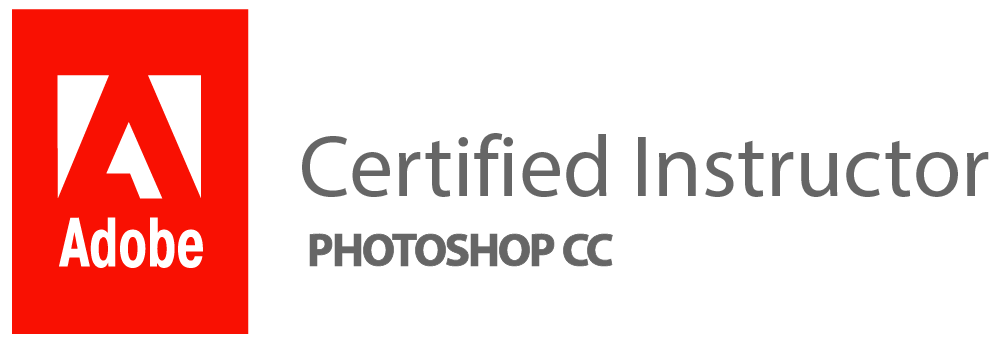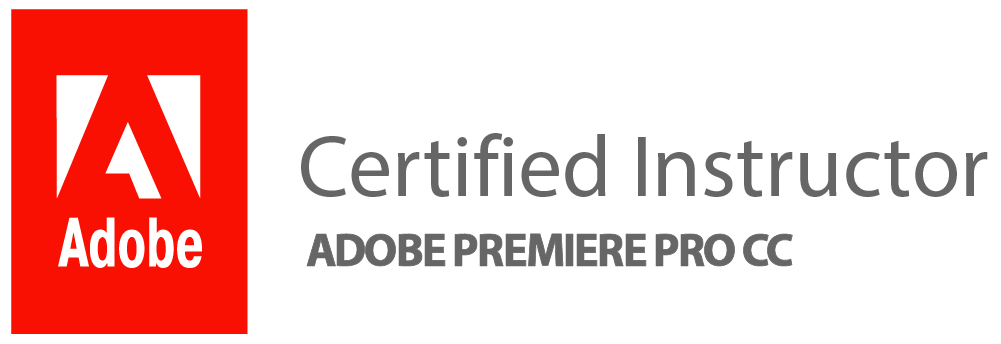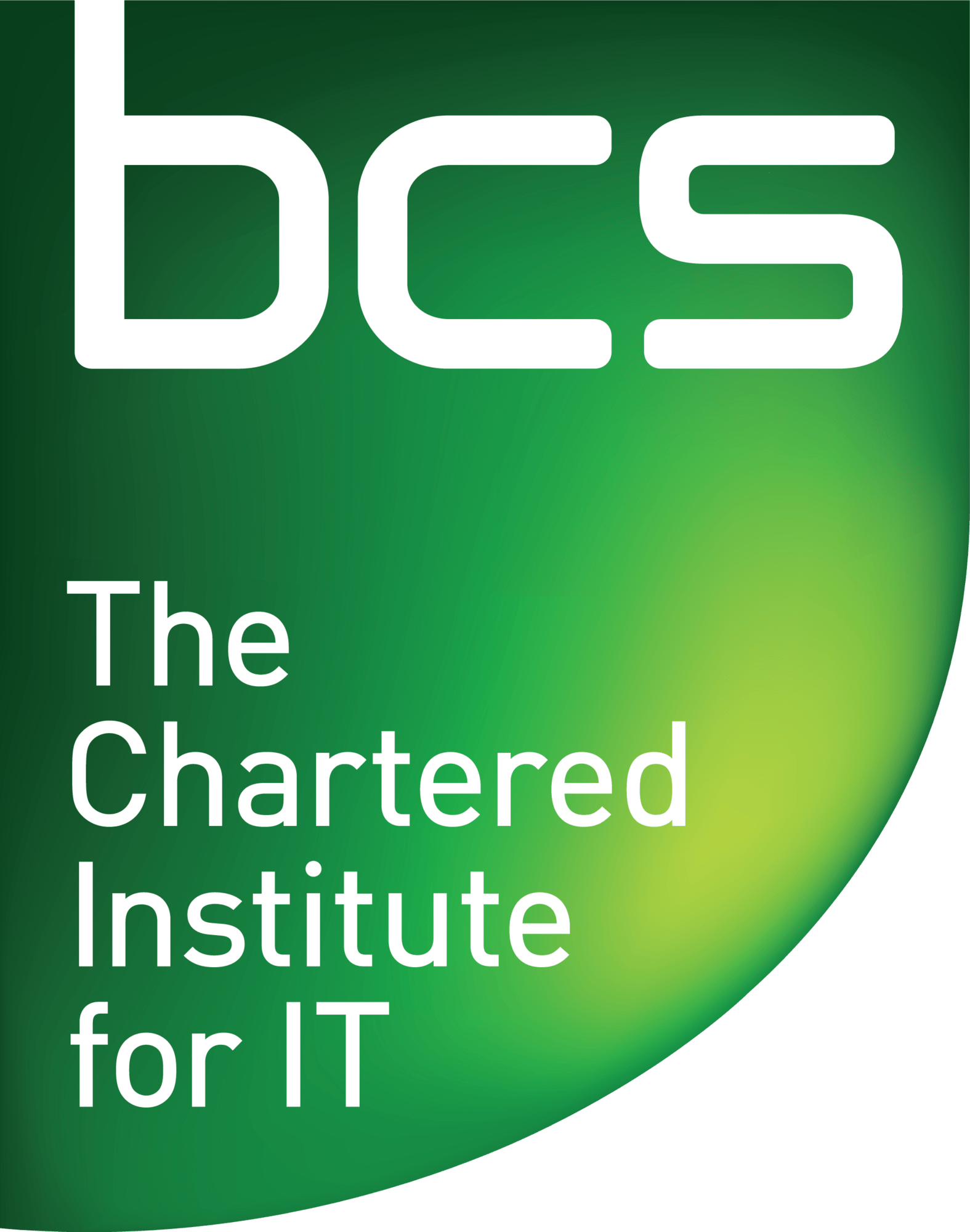Free Photoshop Tutorials and Courses – Joining Online Communities and Forums for Collaborative Learning
1. Understanding Layers & Masks
Understanding Layers & Masks
Layers and masks are fundamental components of Photoshop, yet many users struggle to grasp their full potential. In essence, layers allow you to organise and manipulate different elements of your design independently, providing unparalleled flexibility and control. By overlaying images, text, and shapes on separate layers, you can easily make adjustments without altering the original content. Moreover, masks act as non-destructive editing tools that enable precise modifications within specific areas of a layer while preserving the rest. Through a combination of layers and masks, artists can seamlessly blend multiple visual elements to create stunning composite images with seamless transitions.
Furthermore, mastering the concept of layer opacity empowers users to add depth and dimension to their designs by controlling the transparency of individual layers. This technique allows for subtle blending effects that enhance the overall aesthetic appeal of the composition. Additionally, utilising adjustment layers in conjunction with masks provides a non-destructive way to fine-tune colour balance, contrast levels, and other visual aspects without permanently altering the original content. Thus, understanding how to leverage layers effectively equips Photoshop users with powerful tools to unleash their creativity and elevate their digital artistry to new heights.
2. Mastering Selection Tools
Mastering selection tools in Photoshop can open up a whole new world of creativity and precision for users. From the basic marquee tool to more advanced options like the pen tool, understanding how to effectively wield these tools is crucial for producing high-quality work. By mastering selection tools, users can easily isolate and manipulate specific parts of an image, making complex edits and adjustments with ease.
Learning to use selection tools also allows for seamless integration of different images or elements into one cohesive composition. This skill is especially valuable for designers, photographers, and digital artists looking to create visually stunning pieces that require precise editing and blending. Additionally, with the right selection techniques, users can achieve professional-level results in areas such as photo retouching, compositing, and digital illustration. Mastering these tools not only enhances technical proficiency but also empowers creative expression in Photoshop.
3. Utilising Smart Objects & Filters
In the world of Photoshop, utilising smart objects and filters can take your design to the next level. Smart objects offer non-destructive editing, allowing you to make changes without altering the original image quality. This feature is particularly useful for resizing and transforming multiple layers at once, saving valuable time and effort. Additionally, applying filters to smart objects provides a unique advantage by allowing you to edit filter settings even after they have been applied.
When it comes to filters, experiment with layer blending modes for an extra touch of creativity. By combining different filters and adjusting their opacities, you can create captivating effects that add depth and dimension to your designs. Don’t shy away from customising filter settings or creating your own filter presets – this not only gives you more control over the final outcome but also helps in developing a signature style that sets your work apart.
4. Typography & Text Effects
Typography and text effects are essential elements in creating visually appealing designs in Photoshop. Experimenting with different typography can add personality and style to your projects, conveying the right message and evoking the desired emotions. Using a combination of fonts, sizes, and styles can help create hierarchy within your design and draw attention to key areas. Additionally, harnessing text effects such as layer styles, blending modes, and filters can take your typography to the next level by adding depth, dimension, and visual interest.
One powerful tip for utilising typography effectively is to play around with letter spacing and line height to achieve optimal legibility while maintaining aesthetic appeal. Another game-changing trick is using clipping masks or smart objects to apply text effects selectively, allowing for non-destructive editing and endless possibilities for experimentation. Understanding the balance between readability and creativity when it comes to typography will set your designs apart and elevate them to new heights. Whether it’s subtle enhancements or bold statements with text effects, mastering these tools will undoubtedly transform your Photoshop compositions into captivating works of art.
5. Colour Correction & Adjustment Layers
Colour correction and adjustment layers are essential tools in Photoshop that allow users to fine-tune the colours and tones of their images with precision. By using adjustment layers, such as Curves, Hue/Saturation, and Colour Balance, users can make targeted modifications without permanently altering the original image data. This non-destructive editing technique provides flexibility and control over colour adjustments, making it easier to achieve the desired look.
Moreover, understanding colour theory is crucial when working with colour correction and adjustment layers. Knowing how different colours interact with each other can help in creating harmonious or dramatic effects in an image. Additionally, utilising layer masks in conjunction with adjustment layers allows for selective application of corrections to specific areas of an image, further refining the overall result. Mastering these techniques empowers Photoshop users to bring out the best in their photos while maintaining full creative control over the final outcome.
6. Retouching & Healing Tools
The retouching and healing tools in Photoshop are essential for seamlessly enhancing and correcting images. From the versatile Healing Brush to the powerful Patch tool, these features offer advanced capabilities for removing imperfections, blemishes, and distractions from photographs. Utilising these tools effectively can elevate the overall quality of your images, resulting in a more polished and professional finish.
One important tip when using these tools is to work non-destructively by utilising adjustment layers or duplicate layers. This allows for greater flexibility and control over the editing process while preserving the original image. Additionally, mastering the various blending modes can produce unique results when using the healing and retouching tools, enabling you to achieve a natural-looking effect that seamlessly integrates with your original image. Embracing experimentation with these features will unlock endless possibilities for refining your photography in Photoshop.
7. Workflow Optimization & Shortcuts
Workflow optimization and shortcuts are essential for maximising productivity in Photoshop. By streamlining your processes, you can save valuable time and focus on unleashing your creativity. One powerful shortcut is customising keyboard shortcuts to match your workflow, allowing you to execute commands with lightning speed. Additionally, creating and utilising action sets can automate repetitive tasks, freeing up your energy for more complex creative decisions.
Furthermore, taking advantage of smart objects and adjustment layers can revolutionise your workflow by allowing non-destructive editing. These versatile tools facilitate experimentation without compromising the original image integrity. Moreover, incorporating the power of layer comps simplifies the process of presenting multiple design variations to clients or team members, providing a seamless way to compare and contrast different concepts within a single document. Mastering these optimizations will elevate your Photoshop game and empower you to achieve more in less time.
Conclusion: Mastering essential Photoshop techniques for efficiency and creativity.
In conclusion, mastering essential Photoshop techniques is crucial for both efficiency and creativity in the digital design world. By fully understanding tools like layers, masks, and blending modes, designers can work more efficiently and produce professional-grade designs with ease. Additionally, honing skills in advanced features like smart objects and adjustment layers allows for greater flexibility in manipulating images while maintaining their quality.
Furthermore, incorporating non-destructive editing methods into one’s workflow not only ensures a smooth creative process but also opens up possibilities for experimentation and exploration. Understanding the power of shortcuts and customising workflows can significantly boost productivity while working in Photoshop. Ultimately, continuously sharpening these core skills will empower designers to express their creative vision without being limited by technical barriers. Mastering essential Photoshop techniques is about cultivating a strong foundation that supports endless possibilities for innovation and expression in the digital art landscape.











